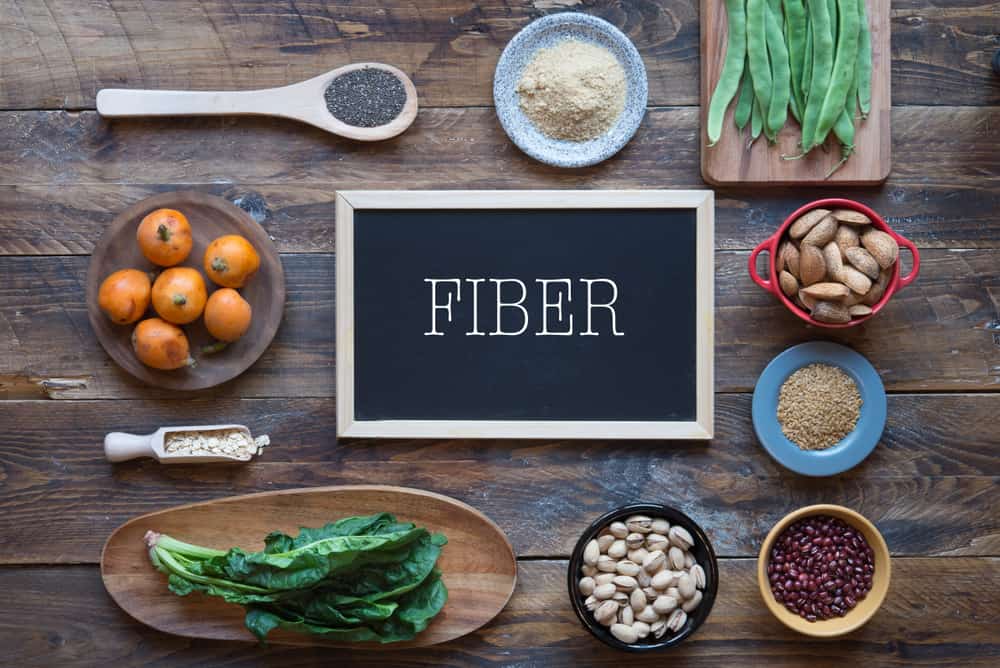Fiber may be the most important nutrient that your body needs in order to stay healthy. It has a profound effect on your health, mood, and weight. If you have a less-than-ideal diet, the low fiber content of your diet may be the reason why. Low fiber foods are foods that are not high in fiber. Foods with a low fiber content may be high in calories and unhealthy fat, carbohydrates, or sodium.
If you want to improve your diet and adopt a healthier lifestyle, you should reduce your intake of foods with low fiber content. But, how do you know what foods are high in fiber? And, how do you know which foods to avoid in order to achieve the optimal level of fiber in your diet?
In this article, we’ll take a look at low fiber foods, how to identify them, and how to eat a low fiber diet for improved health.
What is fiber?

Fiber is an indigestible type of carbohydrate for your body. It is found in whole fruits, vegetables, legumes, whole grains, seeds, and nuts.
Fiber is often overlooked as a nutritional requirement, but it can have a profound impact on your health. High fiber intake has been associated with better health outcomes and reduced risk of chronic diseases such as heart disease, diabetes, and certain cancers. One study even found that whole grains may reduce the risk of colon cancer.
Read Also:
- High Fiber Diet | What Are Fibre and its Benefits? | 14 High Fiber Foods You Should Eat!
- Top 10 Antioxidant Superfoods You Shouldn’t Ignore I What Are Antioxidants?, Types, Benefits
- Heart-Healthy Foods: 8 Foods That Are Good for Your Heart I Secrets to a Healthy Heart
- Foods High in B12: Top 12 Foods That Are High in Vitamin B12
- Food Items That Can Treat Anemia: 15 Best and Worst Foods For Anemia Patients To Eat
- The Best Low-Carb Foods I 12 Healthy Low-Carb Foods That Taste Incredible You Shouldn’t Ignore it!
- Low Sodium Foods | Top 20 Low Sodium Foods | List for How to Start a Heart-Healthy Diet
- High Fiber Diet | What Are Fibre and its Benefits? | 14 High Fiber Foods You Should Eat!
- Foods High in Zinc: Top 9 Foods High in Zinc and Their Health Benefits
The recommended dietary intake for fiber for an adult is 25-30g per day. The average American diet contains only about half of the recommended amount. A low fiber diet is characterized by a low intake of fiber and a high intake of calories, sugar, or fat.
Why low fiber is important?
There are many reasons why low fiber diets are important. One reason is that fiber helps keep the digestive system healthy by moving food through the intestines and preventing constipation. Fiber also helps reduce the risk of heart disease and other chronic diseases. In addition, a high-fiber diet is beneficial for weight control because it makes you feel full after eating less food. Another reason to eat a high fiber diet is that it provides many health benefits.
Who needs a low-fiber diet?
There are a few people for whom a low-fiber diet may be beneficial. These include people with digestive problems such as Crohn’s disease, ulcerative colitis, and diverticulitis. A low-fiber diet can help to ease symptoms like gas, bloating, and diarrhea.
People with irritable bowel syndrome (IBS) may also find relief from following a low-fiber diet. IBS is a condition that causes stomach pain, cramping, bloating, and changes in bowel habits. Some people with IBS find that eating high-fiber foods makes their symptoms worse.
